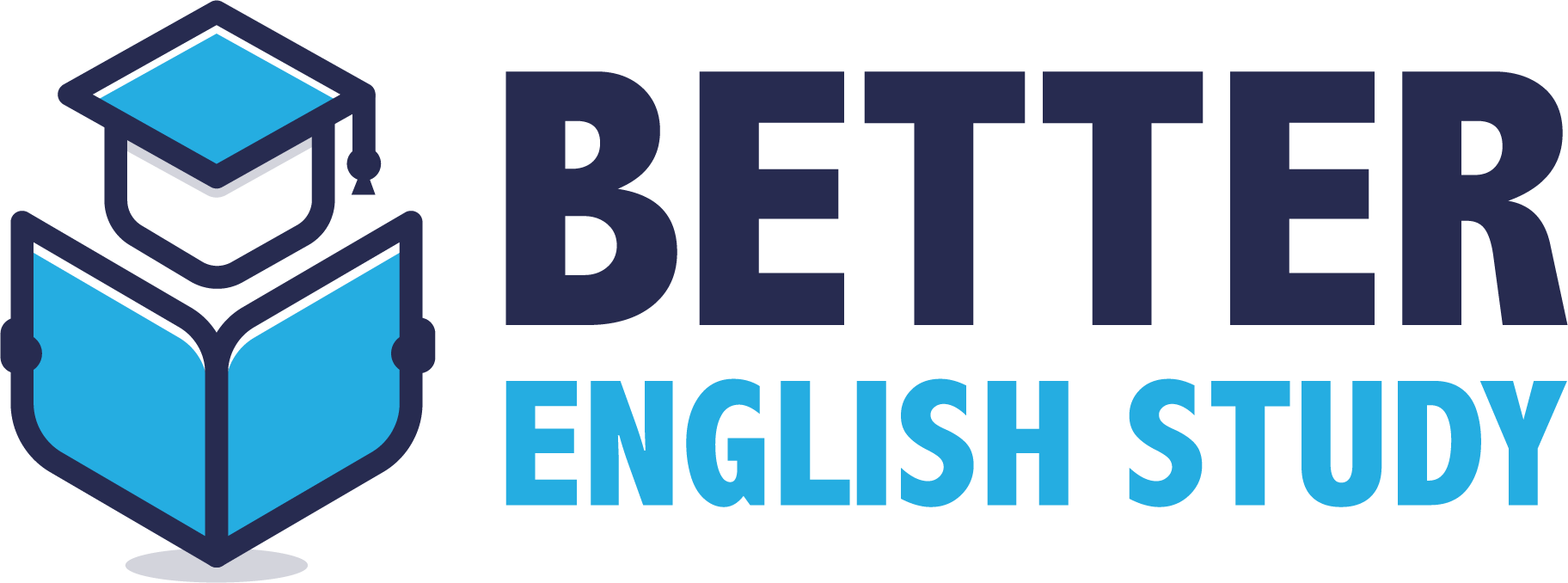
The digital revolution has changed the landscape of modern education. It can be seen in the areas where access to digital resources is increasingly vital. The digital learning workflows encompass the creation of educational documents. For editing and creating documents, you usually use Word documents.
For secure sharing, convert Word to PDF, as it makes the document secure. The Microsoft Word documents (.docx or .doc) to the Portable Document Format (PDF) yield a significant impact for educational documents. The conversion streamlining processes and enhancing the accessibility. It ensures the consistency and bolsters security for the educational document.
Enhanced Accessibility and Compatibility:
When you convert Word to PDF, it is a significant improvement in accessibility. Students utilize various devices in the operating systems. The Word documents can display inconsistently across these platforms. It may lead to formatting issues and hinder comprehension. The PDF is a platform-independent format. It ensures students can view the material as intended on certain operating systems. This universal accessibility promotes equity in learning for every student. It ensures that technical limitations have no impact on our studies.
Preservation of Formatting and Layout:
Educators need a consistent format to optimize clarity. It is simple to convert Word to PDF and preserve the original formatting. It includes layout fonts and images of the data. It ensures that students see the content exactly as intended. You can access the data without the distortions. It can occur when opening Word files on different systems. You may be encountering particularly vital subjects like mathematics. The science where precise formatting of equations and diagrams is crucial for understanding.
Streamlined Distribution and Management:
PDFs are generally smaller in file size compared to Word documents. PDFs are easier and faster to distribute via email, etc. Learning Management Systems (LMS) are commonly used in educational institutions. The efficiency in the sharing saves bandwidth and download time. This is especially beneficial for students with limited internet access in certain areas. Furthermore, the standardized nature of PDF data sharing for both educators and students.
Enhanced Security and Integrity:
PDF is crucial in digital learning workflows and data integrity. Educators can ensure that the password-protected PDFs are used in information sharing. The sensitive information, like exam papers or student grades, is restricted from unauthorized access. PDF format also allows for disabling editing and copying. You can safeguard the integrity of official documents. It is possible to protect intellectual property. It is important in maintaining academic honesty and the security of assessment materials.
Conclusion:
The conversion of Word documents to PDF plays a pivotal role in optimizing digital learning workflows in the wider educational landscape. You can convert Word to PDF to enhance accessibility. It can preserve formatting and streamline distribution. This can improve the security and facilitating collaboration. This can ensure all the data is protected from outside encryption. This can reduce the overall size of the documents and help to enhance the overall security measures for the educational documents.
